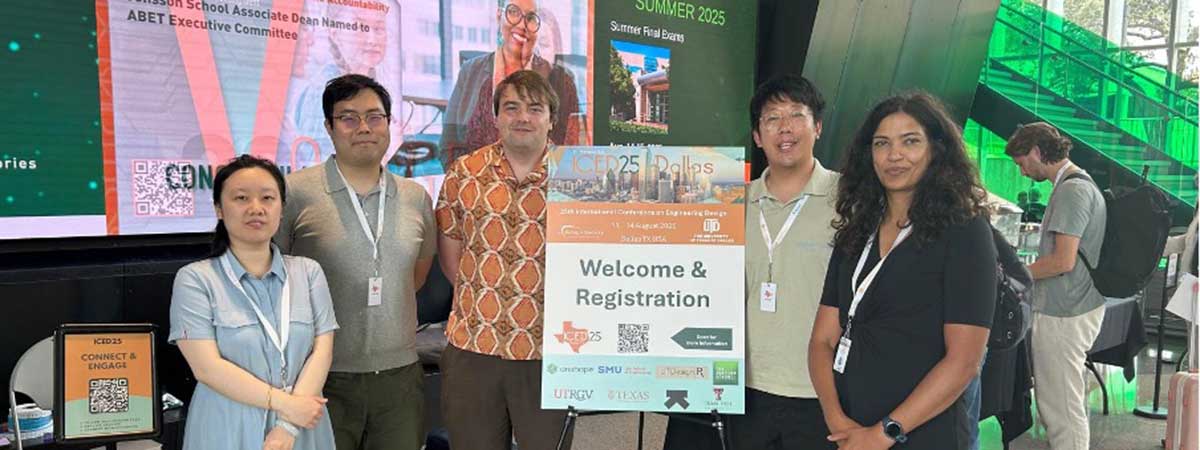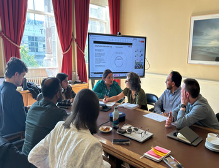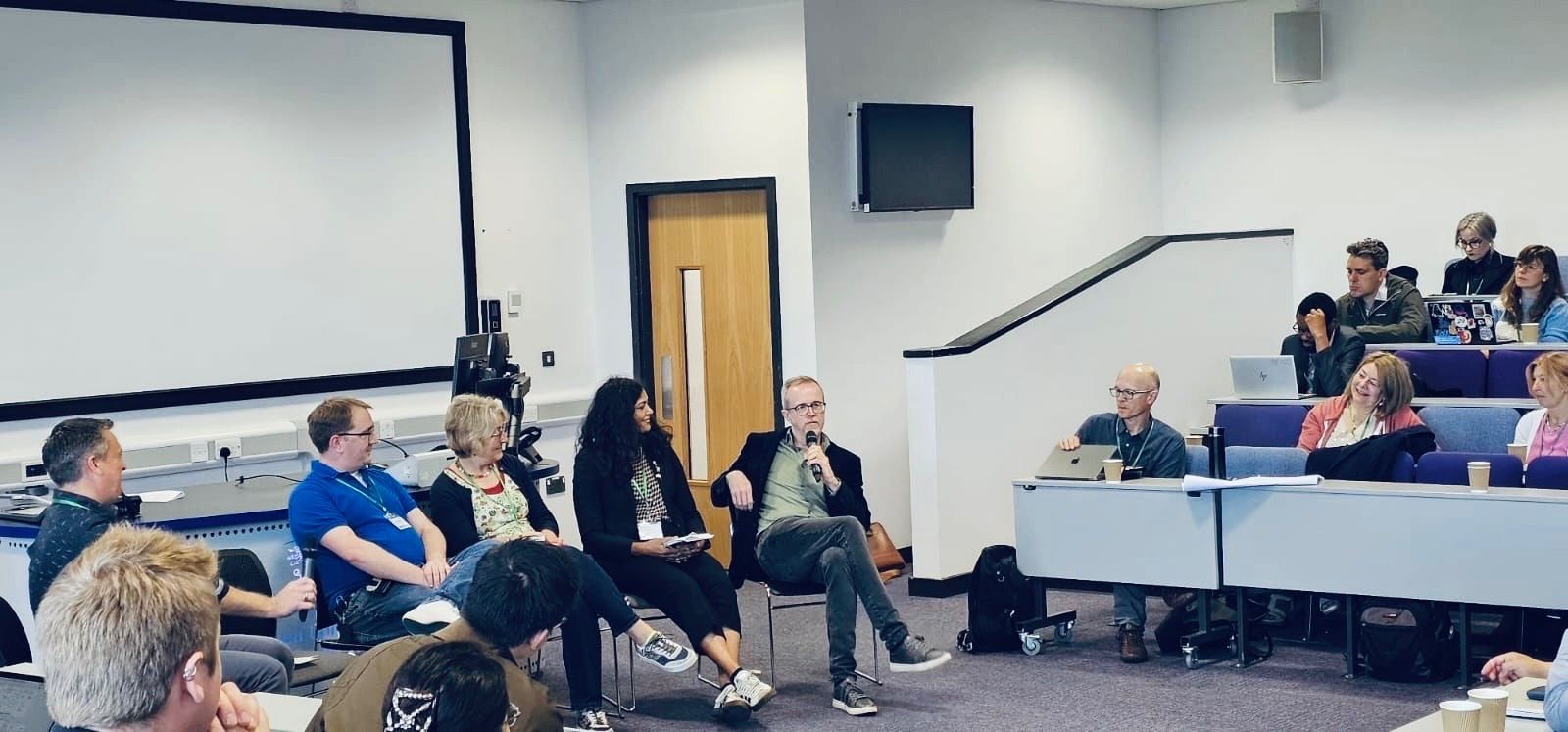All organizations require a management discipline that focuses on setting directions and marshalling the workforce to deliver on a strategy aimed at achieving near-term targets while progressing toward longer-term objectives. While the theory and practice of management are replete with approaches for leading and managing organizations at all stages in their life-cycle, for most of them their day-to-day activities rarely are compatible with encouraging fast-paced change driven by digital transformation. For some quite obvious reasons, their primary goal is to ensure consistency, repeatability, stability, accountability, and auditability against current targets. Making significant changes only serves to add risk and uncertainty to achieving that goal.
Navigating the tension between change and stability is part of every organization. Yet the challenge is more acute in Large Established Organizations (LEOs) where scale, heritage, and complex governance structures are in force. Consequently, in today’s uncertain environment, LEOs engaged in digital transformation adopt a management approach particularly aimed at addressing three critical questions:
- How do we change fast enough to stay relevant in a turbulent world? The VUCA characteristics of the digital age place pressure on an organization’s ability not only to deal with change, but to recognize that constant change is the new norm. Such change is an anathema to existing management practices focused on stable structures designed to regulate and rationalize all processes. Adoption of approaches highlighting flexibility and adaptability is essential.
- How do we innovate boldly enough to stay ahead of our competition and to meet growing user expectations for our products and services? The dilemma facing most organizations is how to invest more on evolving existing products and services while at the same time exploring radical and potentially disruptive avenues for future offerings. As Christensen elegantly summarized, organizations have a tendency to keep doing the things that made them successful, even to the point where those things begin to harm their future prospects. Making bold choices is difficult due to the constraints imposed by established organizational structures and decision-making dynamics. Such reticence is reinforced by the cultural inertia inherent in all human-centred activities.
- How do we create an organization where people are able and willing to do their best work? Great ideas need to be enacted through an execution strategy aligned with market needs. Establishing an appropriate pace of change is critical. Without the skilled workforce capable of delivering that change, however, an organization falls into the trap where “vision without execution is no more than hallucination”. Successful organizations establish a working environment that attracts the best talent, engages them effectively, grows their capabilities, and retains their services in a highly competitive marketplace for digital skills.
Change is gonna come
While straightforward to define, these questions are acutely difficult to address. This is particularly so for more mature organizations with a long heritage of products and services to manage, an extensive list of urgent demands from existing customers, tremendous pressure from shareholders to meet short-term financial expectations, and a myriad of other concerns based on the complexity of the organization’s current working practices, assets, and locations. Speed and flexibility without appropriate discipline leads to chaos. To achieve success, they need to have a disciplined approach to change, supported by innovation management practices that yield results, and grounded in techniques that address the most common failure points.
Recognising the debt
Embracing digitally-driven change creates a real dilemma for LEOs. A significant focus in digital transformation is directed at increasing flexibility and driving the pace of change. Great store is placed on an organization’s ability to accelerate the speed at which it can identify new opportunities, coordinate individuals and teams around them, and drive new products and services to market. Such approaches have led to oft-quoted mantras such as “fail fast, fail often”.
However, the urge to move quickly with novel digital solutions leads organizations (intentionally or unintentionally) to take shortcuts, stress workforces already working at capacity, add risk to stretched infrastructure capabilities, and implement sub-optimal solutions that offer short-term gains for the sake of getting to the next stage of a project. Too often, such decisions leave behind the seeds of longer-term problems that must sooner or later be addressed to avoid them fatally derailing the organization.
This can usefully be described as recognizing the “debt” to be repaid. Essentially, whenever you engage in a digital transformation project, you create debts that you need to manage. Some of these may be obvious and well known (such as “technical debt” from deploying software and systems that will require on-going upgrade and repair). However, many may be hidden and remain unaddressed. Left in this state, they will accumulate to increase the workload, create tensions, and distract you from accomplishing your goals.
Several kinds of debt are typically seen in digital transformation efforts. They include:
- Technical debt. All hardware and physical assets create a technical debt as soon as they are deployed. They break. The batteries run out. They deteriorate in bad weather. And a million other causes drive the need for strategies that allow digital assets to be repaired, replaced, and renewed. These needs change over time. Recently greater attention is being directed at all sorts of concerns, including end-of-life issues to recycle their constituent materials in sustainable ways.
- Software debt. Organizations create technical debt when designing and implementing software-intensive solutions. Almost all software contains errors or requires upgrades to meet new requirements. However, in many cases the pressures to meet deadlines result in software engineers paying insufficient attention to the architectural decisions that can constrain the system’s future evolution. Widely examined, technical debt occurs due to the pressure to release new capabilities quickly and without clear understanding of future needs.
- Organizational debt. Cultural change driven by rapid growth or restructuring can render organizational structures and practices inadequate for supporting future needs. For instance, the agile team model used for fast development and release may not be appropriate for long term upgrade of fielded systems. Addressing organizational challenges can be very challenging in LEOs. To maintain momentum, many companies avoid some of the difficult questions of people, power, and processes. Such situations must eventually be addressed to align cultural and structural aspects of the organization with the execution of short- and long-term strategies.
- Skills debt. It is critical for organizations to sustain a staff of digitally enabled workers supporting a wide variety of technologies and processes. Yet, maintaining those skills in the long term can be expensive as staff retrain, move on, and retire. Furthermore, the on-going cost of training and education is rarely factored into the schedules and budgets of fast-paced digital transformation initiatives. This skills debt requires future investment to maintain existing skills, bring in new hires with the necessary background and to refresh the skills of existing workers.
- Financial debt. Most frequently, the concept of debt is associated with financial matters. Significant attention is paid to monitoring and managing the financial health of an organization. However, digital transformation initiatives add substantially to concerns here with new forms of financial debt. Digital business models emphasize delayed revenue schemes such as subscription, usage, and outcome-based approaches. This creates stress and uncertainty in revenue recognition. Unfortunately, the main reason most start-ups fail is due to their inability to address this debt effectively, leading to unsustainable negative cashflow.
- Innovation debt. While most organizations see investing in innovative activities is essential to their future growth, it is also expensive and unpredictable. Inevitably, most innovation projects fail to deliver the expected results. A lot of organizations, especially LEOs, struggle with managing this speculation in new ideas. They resort to traditional accounting and management schemes based on counting outputs and avoiding deviations from standard benchmarks. These can be misleading. A different form of “innovation accounting” is needed. It requires a continued, ongoing investment in techniques such as innovation scouting, supporting creative spaces to perform early technology investigations, throwaway prototyping, seed funding for new ideas outside of the current product plans, and much more.
- People debt. The most important resource in every organization is its people. Yet, we are finding that digital transformations programs are taking a big toll on the mental health and wellbeing of workers in digitized workplaces. A challenge that has been exacerbated during the recent pandemic. This is now being seen as a major crisis for employers. Its consequences may result in significantly higher costs for all organizations to investing in improved HR practices and tools to ensure workers are supported, additional time away from stressful work-related activities for key workers, more training for those in leadership positions to identify and intervene to prevent people-related issues, and much more. As these issues become better understood, there is no doubt that this will requires significant on-going attention from every organization to maintain a healthy and productive workforce.
Perhaps all these forms of debt are predictable and well known. Many can be overcome by explicit action, including improvements to training, investment in new processes target at these concerns, and by refactoring and restructuring to create more robust solutions appropriate to the longer-term issues they raise. Unfortunately, in the excitement and turmoil of digital transformation, too many organizations pay insufficient attention to the forms of debt they are accumulating as “something to worry about further down the line”.
Who pays the ferryman?
Driving innovation in a well-established organization is critical for the success of its digital transformation. However, lessons from the agile software delivery domain have taught us that it is fatal for an organization to become over-obsessed with the new capabilities presented by digital technology, or to be carried away by the excitement of experimental practices incorporated into the company’s delivery methods. To achieve success, organizations need to have a disciplined approach to change, supported by innovation management practices that yield results, and grounded in techniques that address the most common failure points. Speed and flexibility without appropriate discipline leads to chaos.
Hence, success in digital transformation requires discipline in management aligned to the characteristics of such efforts. The experiences from many projects highlight that defining and executing a digital transformation strategy is neither straightforward nor without risk. Thinking of these issues as a set of “debts” to be repaid can help your organization be more explicit in building a robust and repeatable long-term approach to digital transformation.
Originally posted on Digital Leaders





